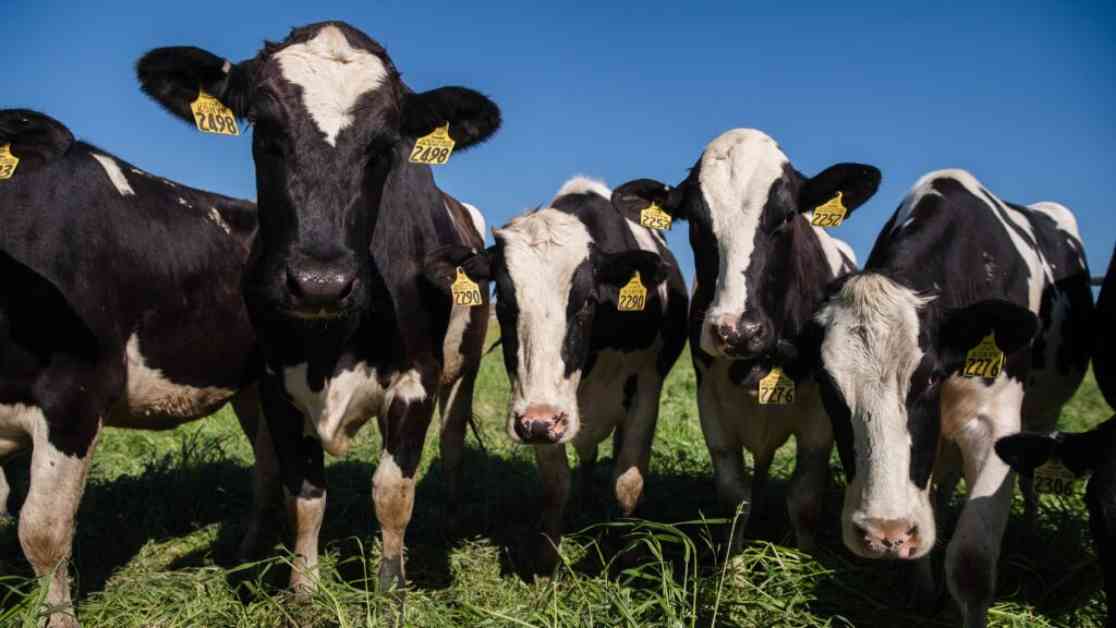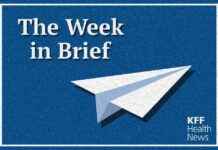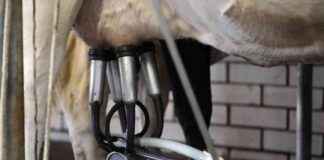Uncovering Unknown Paths of H5N1 Bird Flu Transmission in California
In California, a concerning outbreak of H5N1 bird flu among dairy cattle has raised alarms among federal officials and infectious disease experts alike. Since the first identification of infected herds in late August, the virus has spread rapidly, infecting a staggering 659 out of 984 dairies in the state. This surge in cases prompted California Governor Gavin Newsom to declare a state of emergency to mobilize resources swiftly and effectively combat the outbreak.
Challenges in Understanding Transmission
Despite efforts to contain the virus, experts remain skeptical about the U.S. Department of Agriculture’s theory on viral transmission. While some attribute the spread to cattle movement across state lines, others believe additional routes, such as personnel sharing equipment and vehicles, are contributing to the outbreak’s expansion.
Complexities in Mitigation Measures
Farmers in California have diligently followed USDA recommendations to prevent the spread of H5N1, yet infections persist, leaving many disheartened and frustrated. The virus’s ability to infect despite stringent preventive measures underscores the need for a comprehensive approach to biosecurity to halt transmission effectively.
Challenges Ahead
As the outbreak evolves, scientists are exploring new hypotheses on transmission, from wildlife involvement to infectious aerosol-laced dust plumes. However, uncertainties abound regarding the virus’s spread, necessitating a deeper understanding of the mechanisms driving the outbreak to develop targeted interventions.
In the midst of these challenges, farmworkers on the front lines face significant risks, prompting calls for enhanced support and compensation to encourage active participation in public health responses. The delicate balance between protecting workers and preventing the virus’s escalation remains a critical concern for stakeholders striving to contain the outbreak.
As the nation grapples with the escalating H5N1 outbreak, the urgency to bolster testing efforts and enhance biosecurity measures has never been more apparent. The recent uptick in human cases underscores the critical need for a coordinated, proactive response to safeguard public health and mitigate the spread of the virus.
In this evolving landscape of uncertainty and complexity, the resilience and dedication of those working tirelessly to combat the outbreak shine through, underscoring the collective efforts needed to confront this unprecedented challenge. The road ahead may be fraught with obstacles, but with unity, determination, and a steadfast commitment to public health, we can navigate the unknown paths of H5N1 transmission and emerge stronger together.

















